“Cite your sources!” is a mantra you most likely learned when writing that high school argumentative essay. It is industry-standard in science publications, policy briefs, and research pieces to list some type of bibliography or references. So how can we do this in story maps?
Some considerations:
- Your story’s audience. What are your readers’ expectations?
- The types of pieces you are citing (peer-reviewed papers, specific policies or legislation, news articles and other websites).
- How much you want to highlight these sources. Do you want your readers to simply see the citation for credibility purposes, or do you want them to click on it and interact with that work?
Legislation, news articles, and broader web content are easy to cite with links in-text, or possibly embed cards or action buttons. Scientific papers often require a bit more care.
Citing scientific papers
If your story contains multiple citations, a simple way is to number your works cited, and then use those numbers throughout your story. Within your text, you can incorporate a numbered citation, such as this story map about a new environmental bill does:
![Researchers have found that PM 2.5 is harmful at any concentration, and that lowering thresholds even below 10 micrograms per cubic meter could save thousands of lives [9, 10]. Researchers have found that PM 2.5 is harmful at any concentration, and that lowering thresholds even below 10 micrograms per cubic meter could save thousands of lives [9, 10].](https://www.esri.com/arcgis-blog/wp-content/uploads/2021/02/Scientific_example-1.jpg)
Then in the credits section, list and link to the citations:
![[9] Di, Qian, et al. (2017). Association of short-term exposure to air pollution with mortality in older adults. Jama 318(24), 2446-2456. [10] Jbaily, Abdulrahman, et al. (2020). Inequalities in air pollution exposure are increasing in the United States. medRxiv, 2020.07.13.20152942. [9] Di, Qian, et al. (2017). Association of short-term exposure to air pollution with mortality in older adults. Jama 318(24), 2446-2456. [10] Jbaily, Abdulrahman, et al. (2020). Inequalities in air pollution exposure are increasing in the United States. medRxiv, 2020.07.13.20152942.](https://www.esri.com/arcgis-blog/wp-content/uploads/2021/02/scientific_example_credits_section.jpg)
How to make the Credits section appear
In the Design panel, enable the Credits section. This section will appear at the very end of your story, and text will appear in smaller font. Add in the works you are citing in whatever your desired style format is. Links are a nice touch to aid those who do want to dig deeper into your sources.
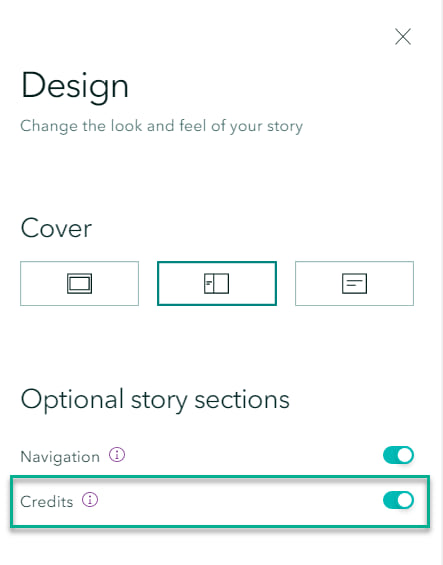
If you want to encourage people to go to the reference right then and there, link to the source itself in the number to avoid having to jump to the end of the story. Another popular method in academic writing is the use of in-line sources instead of numbers, such as “(Harrower et al., 2016),” which can also be a hyperlink text.
Citing direct quotations of scientific papers
While creating a story map on Ocean Plastics, we wanted to include a direct quote from one of our sources. The Quote content block within ArcGIS StoryMaps was ideal for this:
!["It is thought that every year around 8 million metric tons of plastic waste ends up in the oceans, swept along by the world's rivers. In addition to being a critical environmental problem, lack of recycling represents a tremendous amount of value that local economies fail to capture [1]." "It is thought that every year around 8 million metric tons of plastic waste ends up in the oceans, swept along by the world's rivers. In addition to being a critical environmental problem, lack of recycling represents a tremendous amount of value that local economies fail to capture [1]."](https://www.esri.com/arcgis-blog/wp-content/uploads/2020/09/direct_quote_from_source.png)
We had lots of flexibility with respect to reference styles, and we wanted the titles of the works we were citing to be prominent, as well as the source. Using the credits section, we put the title with a link to the work on one side, and the source on the other:
![[2] Plastic Pollution Affects Sea Life Throughout the Ocean (with hyperlink), Pew. [3] Plastic waste inputs from land into the ocean (with hyperlink), Research Reports. [4] Production, use, and fate of all plastics ever made (with hyperlink), Science Advances. [2] Plastic Pollution Affects Sea Life Throughout the Ocean (with hyperlink), Pew. [3] Plastic waste inputs from land into the ocean (with hyperlink), Research Reports. [4] Production, use, and fate of all plastics ever made (with hyperlink), Science Advances.](https://www.esri.com/arcgis-blog/wp-content/uploads/2020/09/scientific_papers_as_references_in_ocean_plastics_story.png)
Citing papers with embed cards
In another section within the Ocean Plastics story map, we focus on one scientific paper and its findings. Here we discuss this researcher and her work within the paragraphs, and link to an interview she did. Then we included her peer-reviewed paper as an embed card to give it prominence within this section:
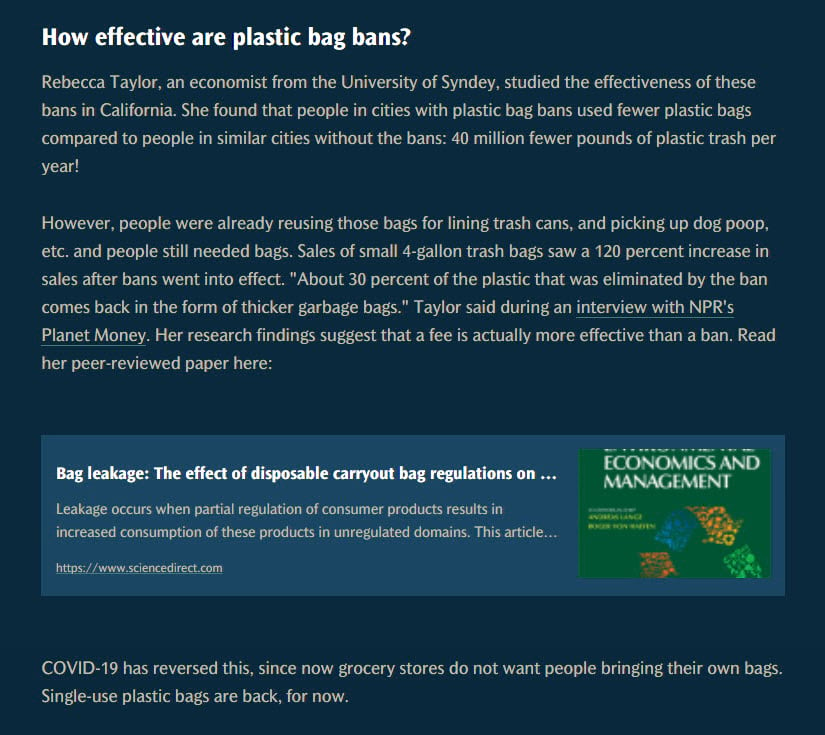
You have full control over the title, description, and thumbnail of the embed card. Feel free to edit what appears by clicking Card Properties -> Card Details to make it look great within your story.
Include other types of sources with similar approaches
Photo credits
Authors of many web materials are increasingly including photo credits or attribution. Not every photo on the web is available to use and share as we please! Even when it is okay to use a photo, we suggest citing its source. Story map authors can do this in the image captions, or in the new Info icon on the top left of multimedia sections. This keeps the citation and photo coupled together in a non-intrusive way.
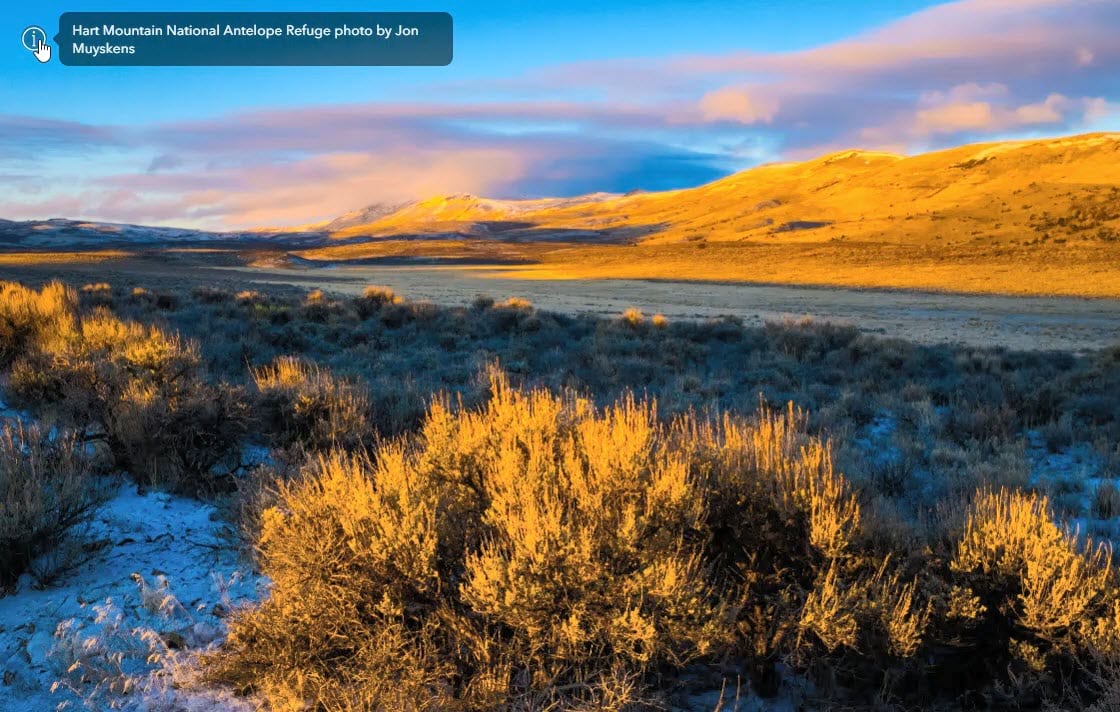
If multiple images have the same source, another option is to include photo credits at the end in the Credits section:
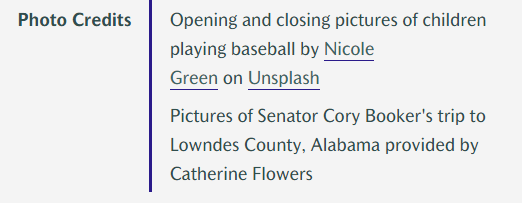
Further reading or additional resources
Often, story map authors want to provide readers with additional material that is not covered or referenced in the story itself. If there are only a few additional resources, presenting them as embedded cards is a nice touch. For example, the story map on Women in National Politics closes with this:
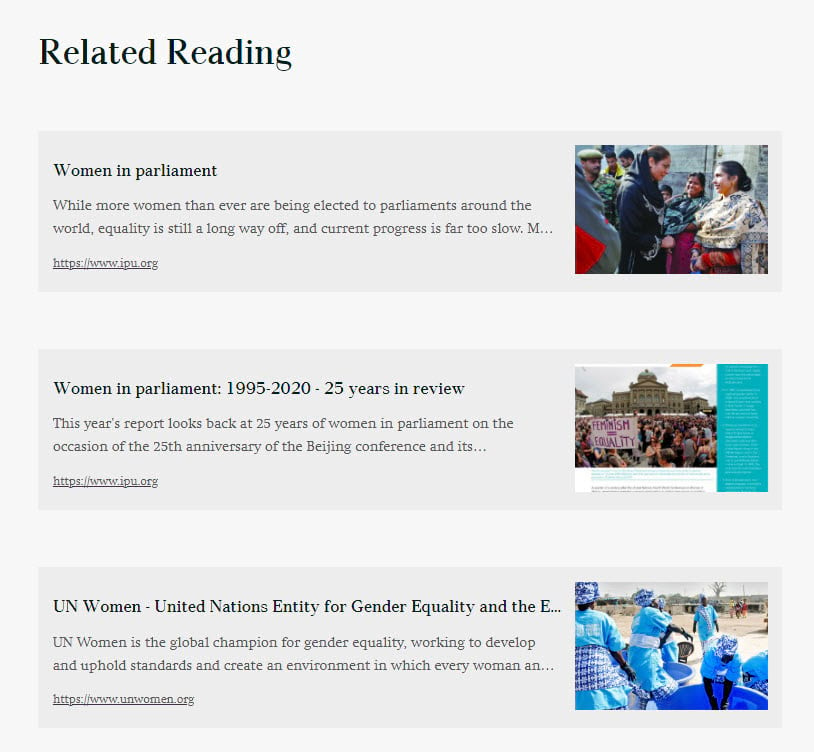
If there are more than a few, a bulleted list at the end can work. If you want to de-emphasize it a bit from your story’s conclusion, turn the credits section into a further reading section.
Datasets used for charts and maps
When using data in a chart, graph, or map, listing and linking to the original data source builds credibility in your story. If it’s a static chart or graph, the caption might be the best place to do this. If you describe the dataset in your narrative text, linking in-line or using the numeric style with more details in the credits section are both ways to handle this.
So many options!
ArcGIS StoryMaps are a great tool for creating interactive web content. By inviting your readers to click on a link, button, or embed card, or peruse your nicely formatted scientific citations, you are not only showing integrity as a researcher, you are also rewarding your readers by letting them dig deeper into your story’s topic!
Photos used: Thumbnail card for this blog post is from Erol Ahmed on Unsplash. Banner for this blog post is from Ryunosuke Kikuno on Unsplash.
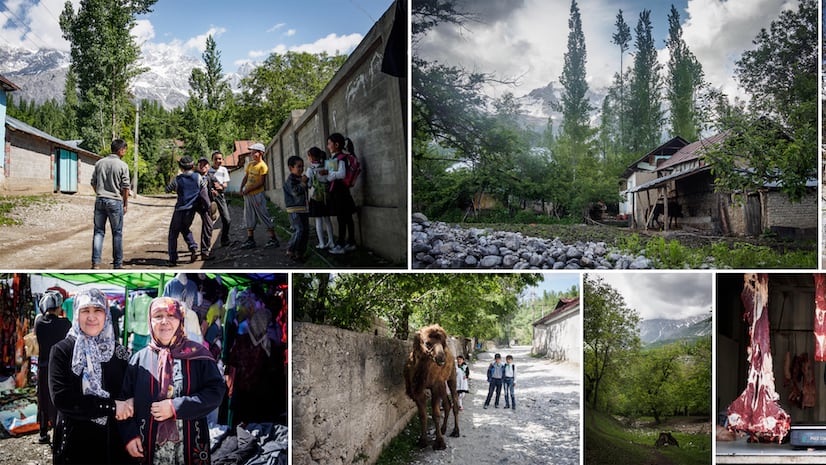

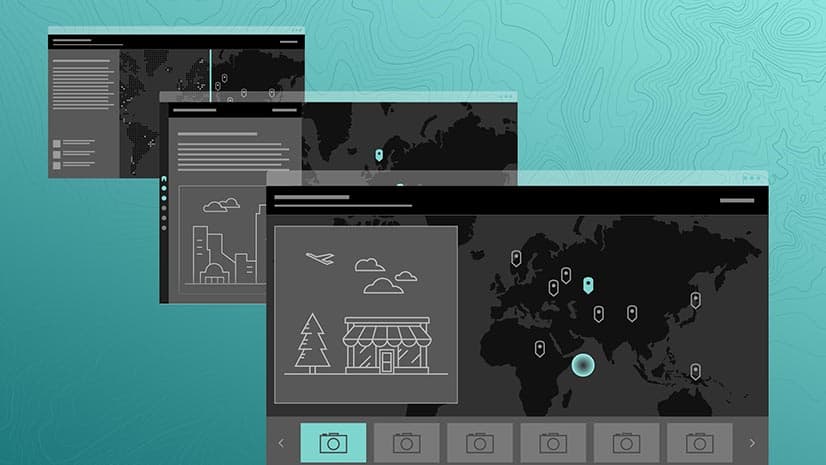

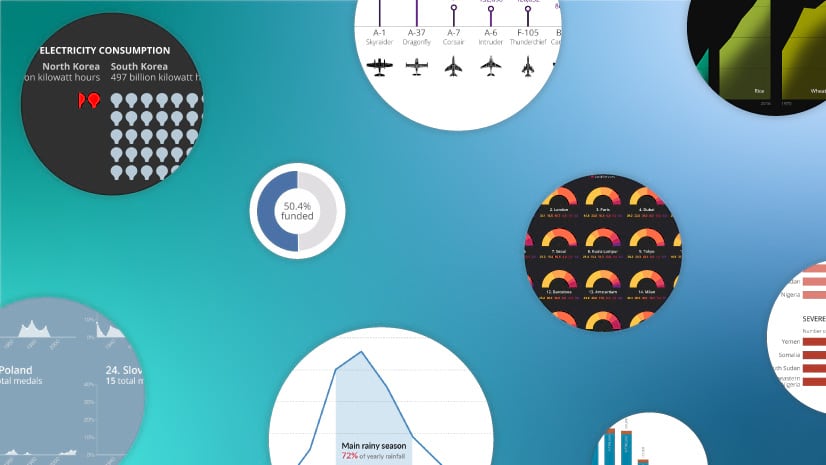
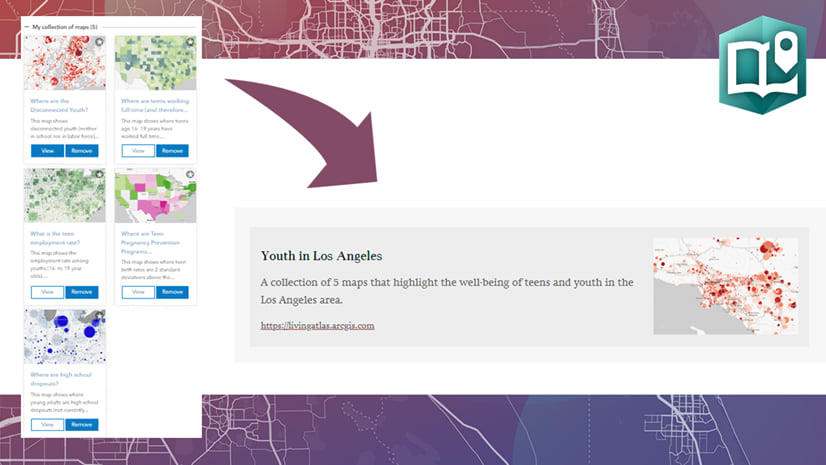
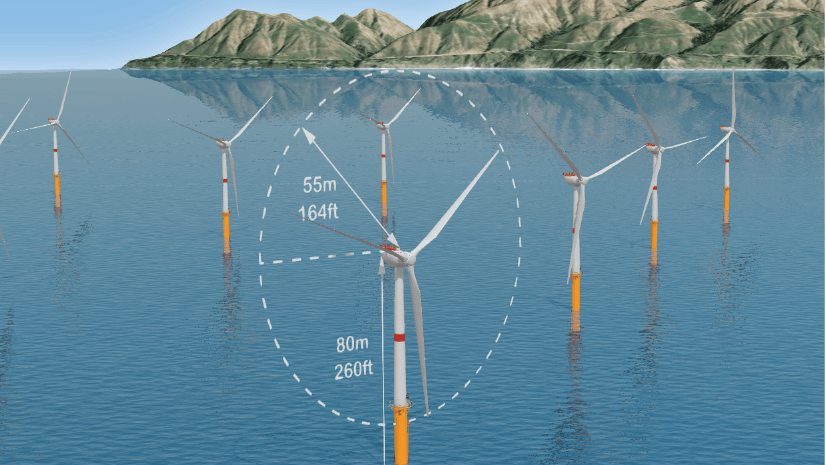
Article Discussion: